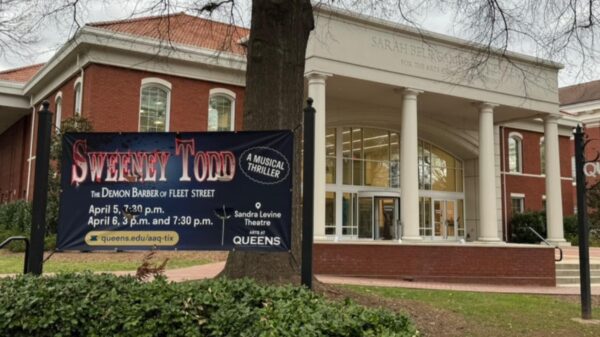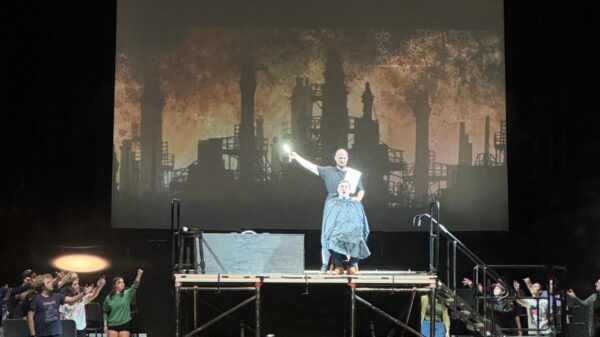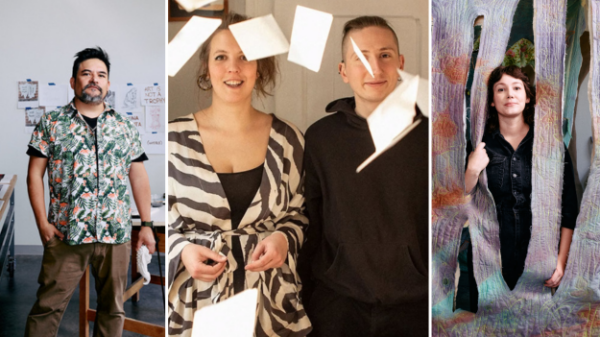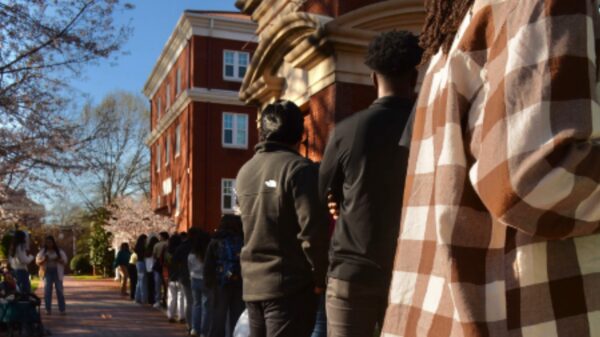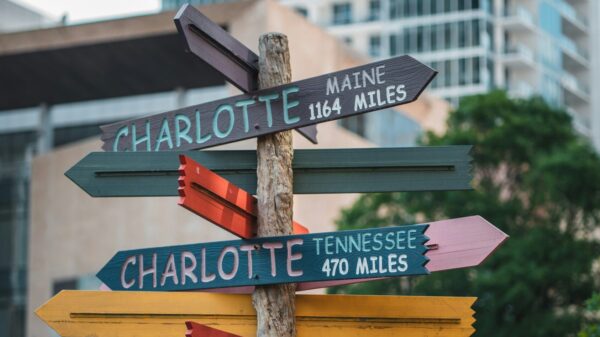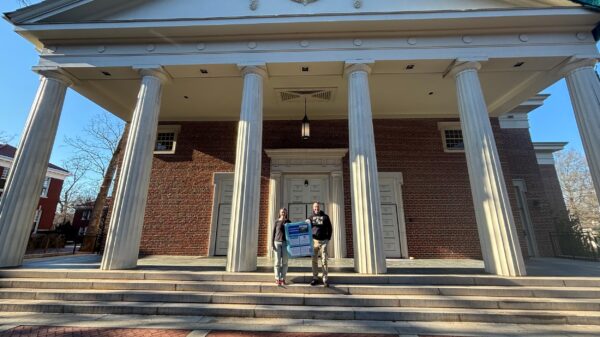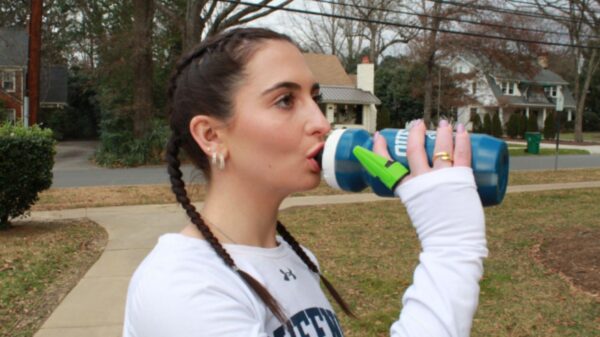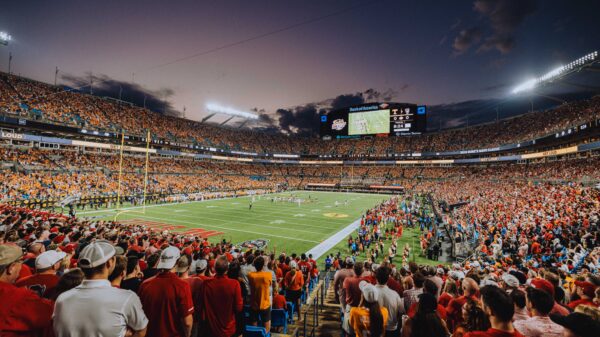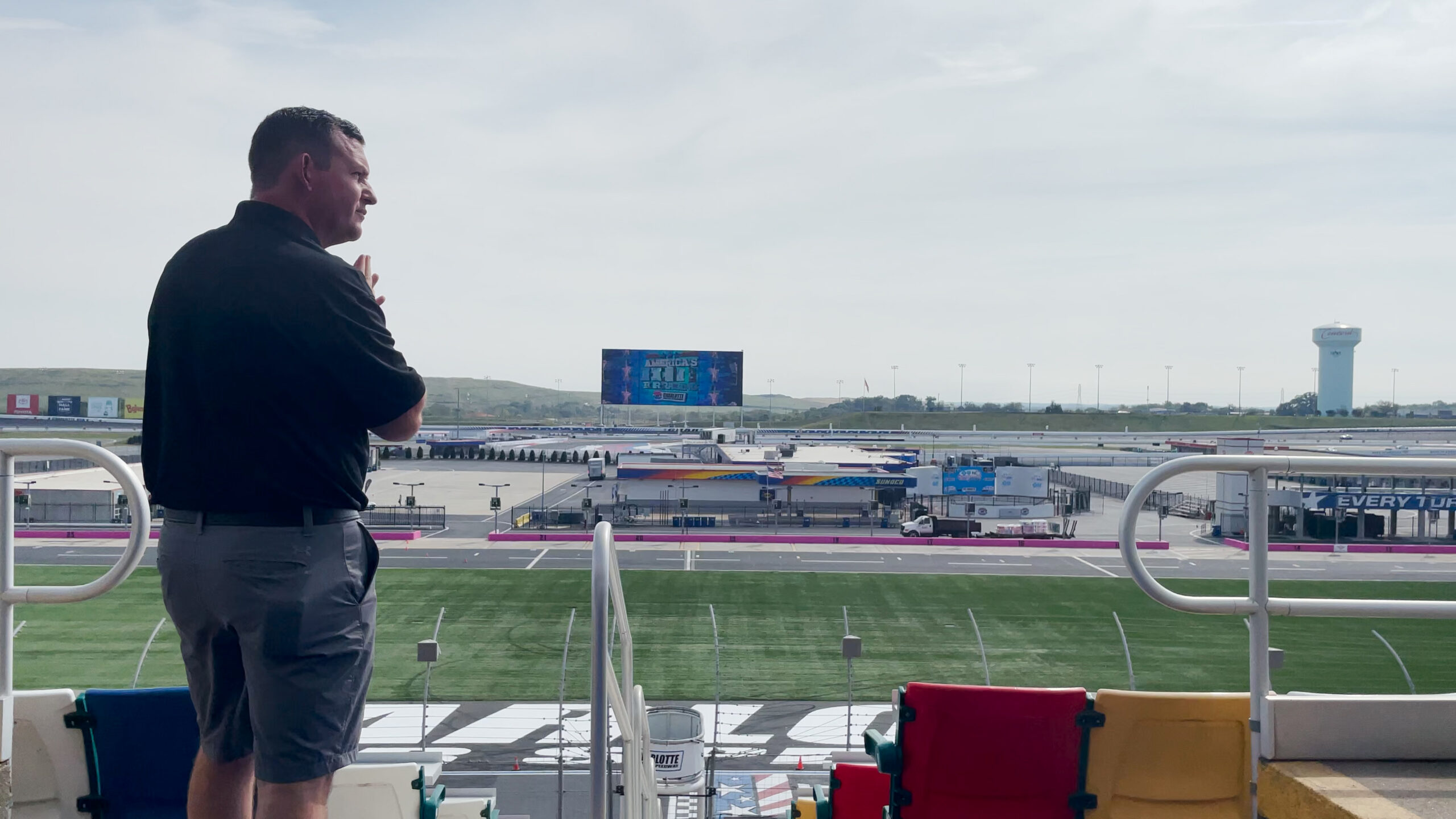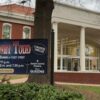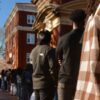Garrett Carter remembers when Marcus Smith, general manager of Charlotte Motor Speedway, first came up with the idea of converting the 1.5-mile oval to a 2.28-mile Roval for a NASCAR race.
“He called a couple of people in the NASCAR world and said, ‘Hey, I have this idea.’ And they all thought he was crazy,” Carter said. “(They said), ‘The drivers will hate it, the teams won’t like it. … This would just blow an engineer’s mind. You can’t set a car up for this type of race.’”
Carter is a busy, busy man these days.
Then again, he has been since Labor Day. And he will be through not only this Sunday’s NASCAR Bank of America Roval 400, but for the four days afterward that it will take to transform the unique Roval back into the track’s standard oval layout.
As a director of operations for the Speedway, Carter is in charge of leading the transformation of the more traditional layout into a hybrid configuration that includes using roughly half of the oval while adding a challenging, twisting road course. The road course includes 17 turns through one-third of the infield before it spits NASCAR’s 3,4000-pound stock cars back onto the oval portion. It is no easy task, but Carter and his team have it down to an exact science.
Immediately after the Coca-Cola 600 is run on Memorial Day weekend, Carter’s team begins to plan the transformation of the track. It isn’t until early September that they actually began the process because of other events held at the track between the end of May and Labor Day. During the transformation, Carter’s crew must position temporary walls and paint them, paint the new road-course asphalt, and lay out all the optics of how the track works.
Carter said the Speedway had to partner with Pioneer Paint Service to develop a special kind of paint for the massive job. It had to be removable, yet durable enough to look sharp through an entire race weekend, even if it rains. It also had to have a red, white and blue theme.
“We were tasked by (Smith) to make this track look like an international Formula One track,” Carter said.
Carter estimates that the transformation involving all of the wall movements, race setup and painting requires around 3,000 employee hours. He gets additional help from personnel who fly in from the other seven race tracks owned by Speedway Motorsports Inc., especially those from the road course that is Sonoma Raceway in Sonoma, California. Partnered with 8 other racetracks around the country including Sonoma Raceway in Sonoma California, came out for two weeks to help with the transformation of the track. “They have a lot of knowledge on how we operate,” Carter said. “They are well-versed in road-course racing. It’s all they do, all day, every day.”
There is a great difference between a race on the oval and a Roval event. There are a total of 17 turns on the road-course portion of the Roval, as opposed to just four turns on the oval. The banking is different and there is much more elevation on the road-course section.
On the oval track, turns are banked to about 24 degrees in turns. The lap times average about 30 seconds with top speeds reaching close to or exceeding 200 miles per hour. The Roval course, by comparison, produces a 45-foot change in elevation that does not exist on the oval, and results in banking in turns between 5 and 15 degrees. The longer course with all those turns produces lap-time averages of about one minute and twenty seconds. But NASCAR’s Cup Series stock cars can still reach high speeds of over 180 mph on the straightway sections of the half oval that is still incorporated.
“It’s a lot of work, there’s blood, sweat and tears that go into it,” Carter said.
Right after the race, the Charlotte Motor Speedway team immediately starts to transform the track back to its original form. This looks like 40-50 hour weeks for the team, but they are able to get this done in the time frame of four days after the event.
“It’s like throwing a big party at your house,” said Carter. “For workers there is a lot of prep, a lot of during (the event) and a lot of cleaning up at the end.”
Queens University News Service
-
Kiarra Murrill (Author)
Kiarra Murrill of Charlotte, North Carolina, is a 2023 graduate of the James L. Knight School of Communication at Queens University. An athlete on the cheer squad, Kiarra also served as an intern with the news service in fall 2023.
View all posts


